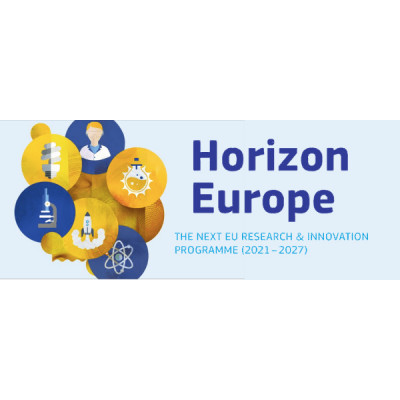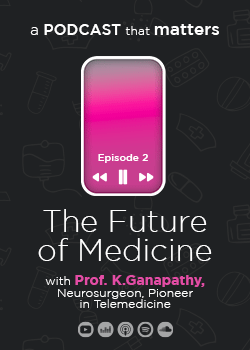
Multi-messenger soft-field spectroscopy of molecular electronics at interfaces: SoftMeter
Details
Description
Programme(s): HORIZON.1.1 - European Research Council (ERC)
Topic(s): ERC-2022-STG - ERC STARTING GRANTS
Call for proposal: ERC-2022-STG
Funding Scheme: HORIZON-ERC - HORIZON ERC Grants
Grant agreement ID: 101076500
Objective:
The real-time interrogation of molecular electronics at the interface between different media is key to understanding the fundamental mechanisms at the basis of processes such as catalysis, solar energy harvesting, and charge transport in optoelectronic devices. Such an investigation ultimately requires attosecond temporal resolution and picometer spatial accuracy, to capture in real-time the energy exchanges mediated by the electron wave function and the competing structural changes of the target. Experimental strong-field-laser physics has been demonstrated to provide outstanding spectroscopical methods for this purpose, such as high-harmonic generation spectroscopy, attosecond science, and laser-induced electron diffraction. However, it also presents intrinsic limitations such as high peak intensities, low efficiency, and poor tunability. These obstacles have so far hindered The real-time interrogation of molecular electronics at the interface between different media is key to understanding the fundamental mechanisms at the basis of processes such as catalysis, solar energy harvesting, and charge transport in optoelectronic devices. Such an investigation ultimately requires attosecond temporal resolution and picometer spatial accuracy, to capture in real-time the energy exchanges mediated by the electron wave function and the competing structural changes of the target. Experimental strong-field-laser physics has been demonstrated to provide outstanding spectroscopical methods for this purpose, such as high-harmonic generation spectroscopy, attosecond science, and laser-induced electron diffraction. However, it also presents intrinsic limitations such as high peak intensities, low efficiency, and poor tunability. These obstacles have so far hindered
